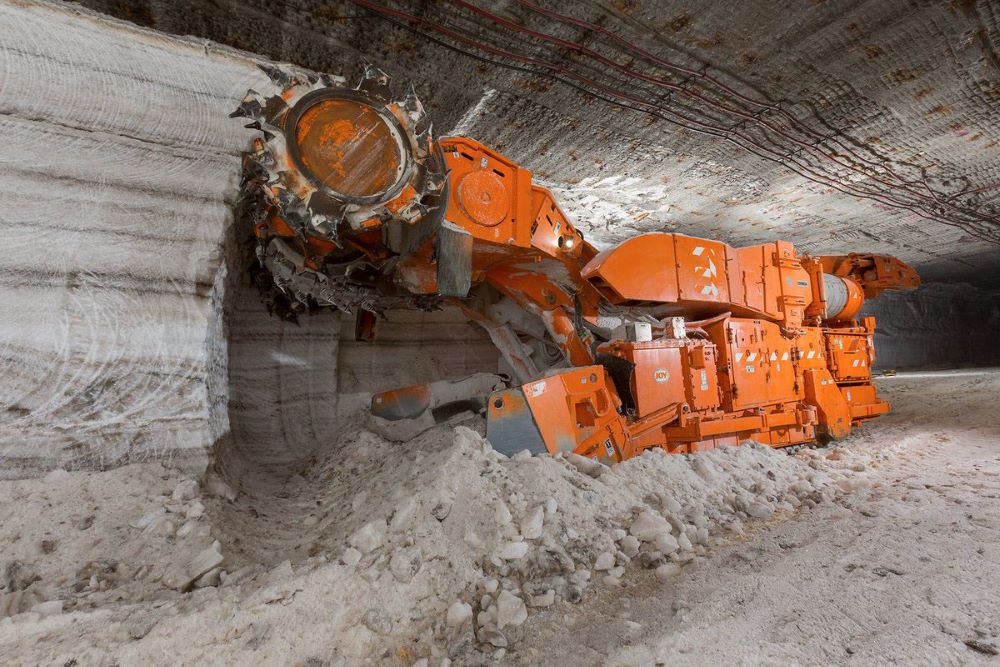Feasibility of Great Atlantic salt project suggests 47.5-year life for Atlas Salt


Atlas Salt (TSXV: SALT; OTCQB:REMRF) says the feasibility study for its wholly owned Great Atlantic salt project foresees a project with a 34-year mine life producing an average of 2.5 million t/y of road deicing salt. The property is located about 25 km south of Stephenville, Nfld.
The study put the pre-tax economics at $1.0 billion using a net present value with an 8% discount and an internal rate of return of 23%. Production would be low-cost (currently $22.70/tonne FOB originating port), and the project would pay for itself in 4.2 years.
Feasibility is based on a probable reserve of 88.1 million tonnes grading 96.0% salt (NaCl). The indicated resource is 383 million tonnes (including reserve tonnage), also at 96.0% NaCl, and the inferred resource is 868 million tonnes at 95.2% NaCl.
Costs will be low because twin declines, rather than shafts, are planned to reach the deposit. Environmental impact will be minimized by the use of electric underground equipment. Mechanized room and pillar methods are planned.
There is also the opportunity to increase production to 4.0 million t/y. In that case, mine life would be 47.5 years. That puts the post-tax NPV (8%) at $2.0 billion and the IRR at 28%.
The company calls the Great Atlantic North America’s largest undeveloped salt deposit.
The deposit is high-grade, homogenous, and shallower than most other salt deposits. The salt bed was intersected by drilling at depth between about 240 metres and 335 metres below surface. A crushing and screening plant will be built within the underground mine. No chemicals or reagents will be used in processing. Screened salt will be conveyed first to the surface and then to the Turf Point port via conveyors.
Atlas CEO Rick LaBelle said in a release, “The independent feasibility study is a major milestone on the path to the development of the massive high-grade Great Atlantic deposit which will stand out as the salt mine of the 21st century in North America, strategically located in the heart of a robust salt market serving Eastern Canada and the U.S. East Coast.
“I think until today, this project was a trailblazer. After today, it’s a game-changer,” LaBelle added.
Company president Rowland Howe helped develop the world’s largest underground salt mine at Goderich, Ont. As quoted on the corporate website, he said, "In my 30-plus years in this industry, I have not come across a salt project as unique as Great Atlantic given its combination of size, shallowness, and logistical advantages.”
Further details of the Great Atlantic salt project are posted on www.AtlasSalt.com.
Comments
Kim
Please don’t create a sinkhole like Bayou Corne, USA. I think there should be more care taken with the aftermath!